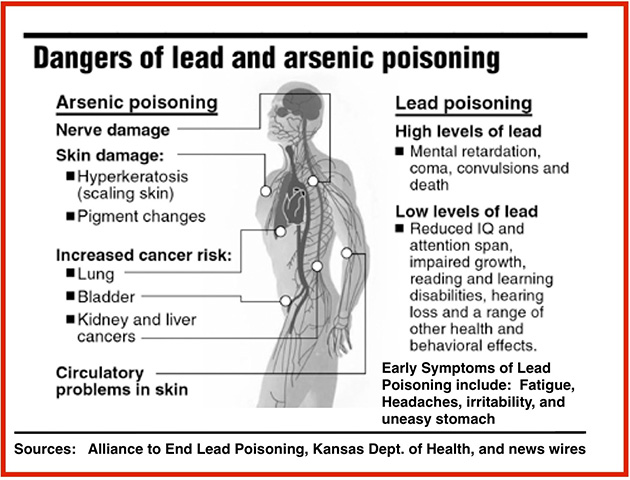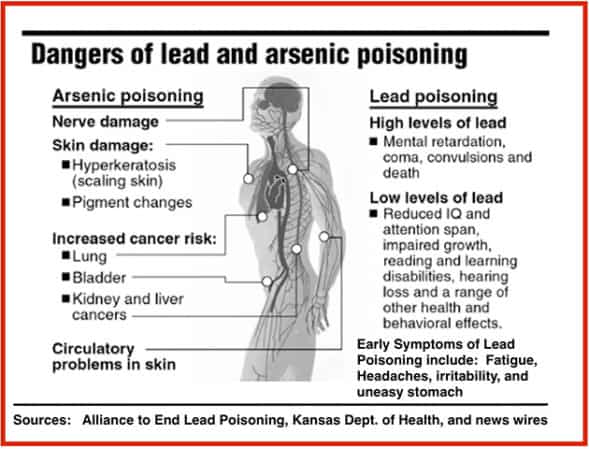Everyone and their mother know that pork products, particularly bacon, are the scourge of the health community. But how accurate is that statement really? Among the common points of contention, regarding bacon, are the saturated fat, cholesterol, sodium and nitrate/nitrite contents. There is room for debate on all of these matters, but this post will specifically deal with a little known fact concerning nitrates, often missed in the discussions on this topic. Just one of many we reveal in our upcoming book Rich Food, Poor Food.
Sodium nitrate is a relatively common compound most generally associated with cured, processed meats, which in the body is then converted to nitrites. However, what is not as well known is that roughly 93% of dietary nitrate comes from vegetables, fruits and grains. In fact, a 2008 report released by the Scientific Panel on Contaminants in the Food Chain in the Journal of the European Food Safety Authority, found that arugula, basil, beets, butterhead lettuce, celery, spinach and pumpkin, among other fruits and vegetables, are magnitudes higher in dietary nitrates than is present in a conventional hotdog. At around 1,003 ppm (parts per million) of nitrites in a serving of celery, compared to the 10 ppm found in a single hot dog, one would need to consume roughly 100 hot dogs to reach an equivalent nitrite intake. Not even the great Kobayashi has even consumed that many hot dogs in one sitting, but we are sure many have had no problem finishing the side of celery that comes along with their buffalo chicken wings.
So where did the fear of nitrates originate from? It all began several decades ago when a group of scientists reported that nitrates were carcinogenic to lab rats, but subsequent research has indicated that absent a nitrosamine precursor, no cancer-causing properties are evident. However, this report caught on in the media and started a frenzy, which somehow became an urban myth or pseudo-science. Returning to the point that vegetables represent the greatest source of dietary nitrates and nitrites, why has there never been a correlation between their high intake in vegetarians and vegans and cancer. It would appear that a blanket condemnation on their health effects in terms of bacon would be similarly unfounded.
Most bacon in grocery stores today uses synthetic sodium nitrate. Many deride the use of synthetics as being not “natural,” but biochemically speaking, it is identical to the kind derived from plant sources. Moreover, the “nitrate-free” versions do actually still contain nitrates, but they are just from natural sources, commonly celery powder and sea salt, and usually at higher levels than found in the synthetic ones.
So what does this mean in regards to the kind of bacon to consume? Well, you should begin by sourcing a quality pasture-raised pork that had access to its naturally omnivorous diet and was not fed GMO corn and soy. (To read more about GMO corn click here.) With respect to nitrates, it wouldn't appear to be important if you chose synthetic sodium nitrate or natural celery salt, since they are technically the same thing. Right? Isn’t that what you keep reading in books and on blogs on the topic of the great bacon debate?
Well, in our opinion, there is more to this story that you haven’t yet been told. In fact, your whole decision about which type of bacon to put in your shopping cart may just depend on this new piece of too often omitted information. Drum roll please…
While the nitrate chemical itself is the same, according to the Food Chemical Codex (3rd addition, National Academy of Sciences), industrial sodium nitrate (synthetic) is allowed to contain residual heavy metals, including lead andarsenic.
Still think that a nitrate is a just a nitrate? Are you still beggin’ for those same bacon strips? Let’s start with a quick recap of the effects of lead and arsenic on the human body. In a 2006 literature review published in the journal Alternative Medicine Review, researchers found even “low-level lead exposure” to be a “causative factor in cognitive dysfunction, neurobehavioral disorders, neurological damage, hypertension, and renal impairment.” In respect to arsenic, a literature review by Saha et al., in the journal Critical Reviews in Environmental Science and Technology in 1999, found it to be both acutely and chronically toxic, affecting a variety of organs including, but not limited to the lungs, liver, kidneys and skin, as well as being carcinogenic. So while the nitrates themselves may not be bacons downfall, the synthetic sodium nitrate used to cure most conventional bacon is most certainly a Poor Food ingredient whose side effects are hard to swallow.
While we can't be sure how much of these heavy metals make it into our food, let's take some time for a little basic math. The Food Chemical Codex referenced earlier allows for up to 10,000 ppb (parts-per-billion) of lead and 3,000 ppb of arsenic to be present in synthetic sodium nitrate. However, the levels for drinking water, at which these chemicals present a serious health risk, set forth by the EPA are 15 ppb and 10 ppb, respectively. This means that the “acceptable levels” to be found as a residue in sodium nitrate are roughly 667x and 300x the levels recognized as deleterious to human health, again respectively. We repeat, still think that a nitrate is just a nitrate?

Now that we know this, what does this mean regarding bacon consumption? Should we abstain from all bacon products? This might not be the most prudent course of action, as pork represents a very micronutrient Rich Food. In fact, a recent presentation at a nutritional conference by Harvard biochemical researcher, Mathieu Lalonde found pork to the most micronutrient dense meat, following offal (which we discuss in Rich Food, Poor Food and will discuss at greater length in an upcoming Optimal Life blog post), and within the top five most micronutrient Rich Foods overall. (To understand the great importance of micronutrient Rich Food read Naked Calories today)
Two strips of bacon to whoever can guess which cut of pork led the pack…If you guessed bacon, congratulations, you win the bacon!
So, should you be bringing home the bacon? While the fears regarding nitrates were misguided, synthetic nitrates appear to harmful for a different reason. As such, when it comes to bacon, it becomes clear that quality is the key. Sourcing pasture-raised bacon, cured in “natural” sodium nitrates would represent your best choice. By avoiding synthetic nitrates and industrially raised pigs (a topic for a later day), you can steer clear of most of the potentially dangerous effects that might be present in your bacon. While grabbing a strip or two of conventional bacon from the hotel buffet when you are away on holiday or convention now and again probably won’t cause any real health problems, you may want to think twice about making it part of your normal routine. By cutting synthetic nitrates out of your diet, just one of over 150 Poor Food ingredients we teach you to avoid in Rich Food, Poor Food, your one step closer to living your optimal life!











